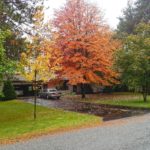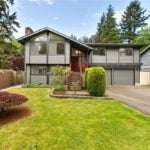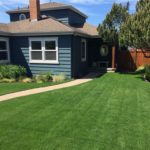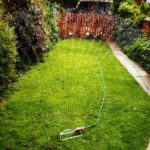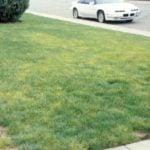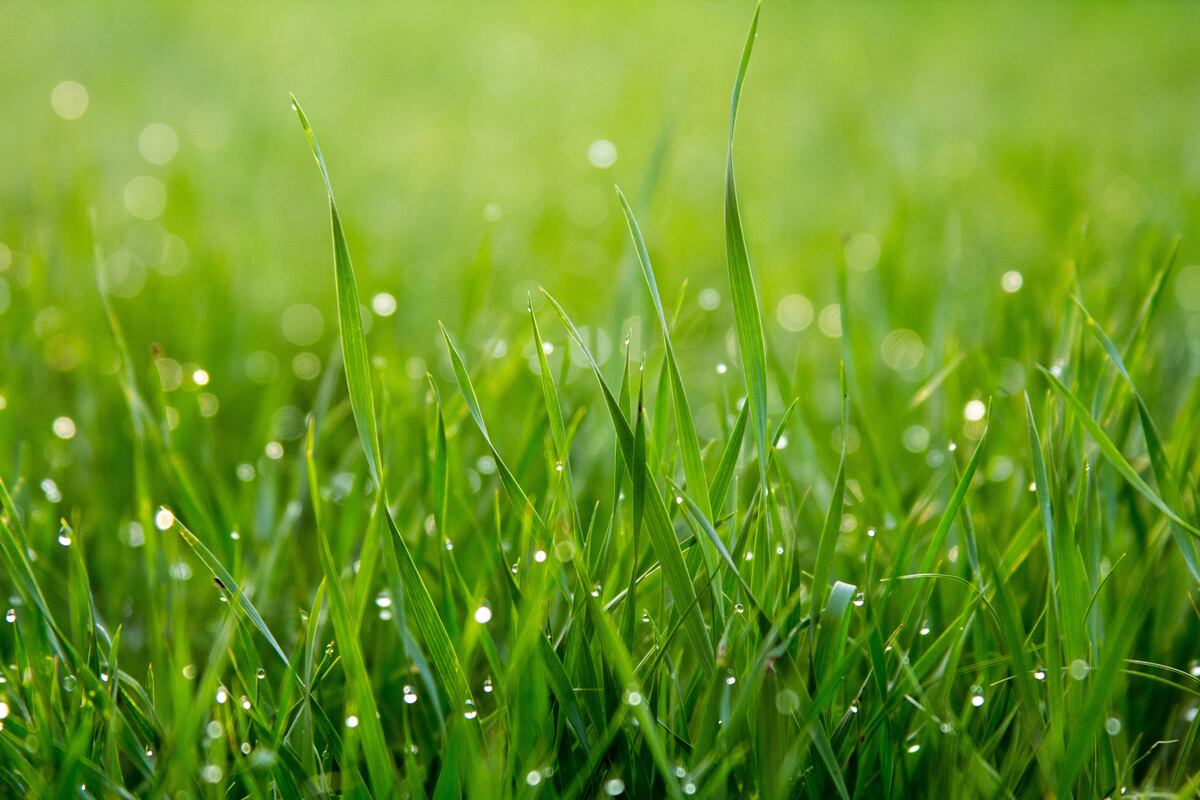
When you purchase a bag of grass seed, you may be wondering exactly what kind you should buy to create the green yard for your kids and pets to frolic in. Start strong with these four best grass types in Seattle.
How to choose the best grass for Seattle? There are many different factors to pay attention to, including the grass’s sun, shade, and water requirements. Also, consider how you use your yard. Will the grass become a field for pick-up soccer games? Will you spread out a blanket for picnics on Saturday afternoons? These are some of the questions you’ll need to consider.
Here are the four best grasses for the Seattle area and how to know which one(s) might be the best in your yard.
Fine Fescues
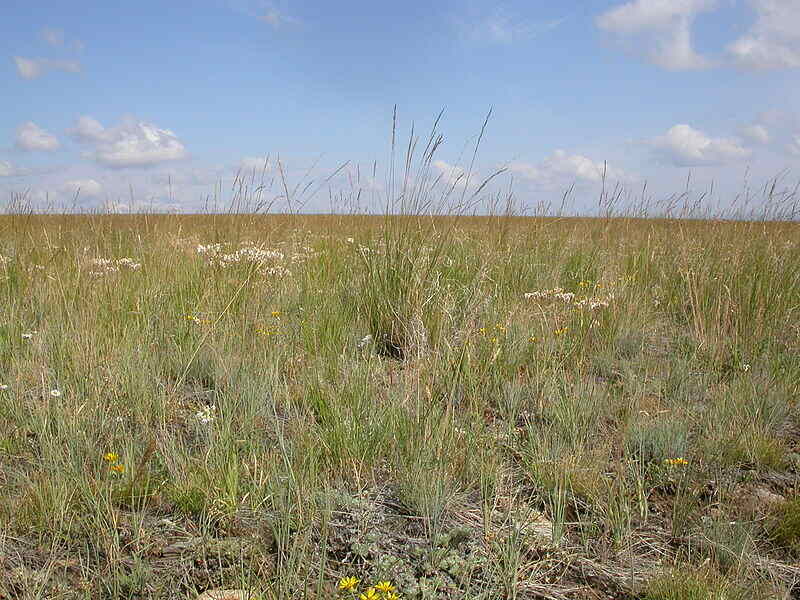
Photo Credit: Matt Lavin / Wikimedia Commons / CC BY-SA 2.0
Fine fescues, specifically red fescue, are some of the best cool-season grasses for Seattle. They do well in cool, shaded areas where less maintenance is the goal. Low mowing, low fertilization, and low irrigation are all benefits homeowners enjoy with fine fescues.
The medium to dark green blades of this cool-season grass establish quickly, so you’ll see your lawn grow without too much effort. There are five main varieties that are used in the US: hard fescue, chewings fescue, sheep fescue, slender creeping red fescue, and strong creeping red fescue. Fescues are often mixed in with perennial ryegrass to work as a sun-shade mix.
- Classification: Cool-season grass
- Spreads by: Bunch-type or rhizomes depending on the variety
- Shade Tolerance: Medium to high level of shade tolerance; requires at least five hours of sunlight
- Drought Tolerance: High; may go dormant
- Foot Traffic Tolerance: Low to moderate (has a higher foot traffic tolerance if it is mixed with ryegrass or Kentucky bluegrass)
- Maintenance Needs: Low
- Mowing Height: 0.75-2 inches (specifically for western Washington)
- Potential for Disease: High; susceptible to weather-related diseases such as red thread, dollar spot, and powdery mildew
Grass Seed Options:
– Outsidepride Legacy Fine Fescue Grass Seed (5 lbs.)
– Eretz Creeping Red Fine Fescue Seed (choose your size)
– Outsidepride Creeping Red Fine Fescue Grass Seed (25 lbs.)
– Outsidepride Hard Fine Fescue Grass Seed (10 lbs.)
Kentucky Bluegrass
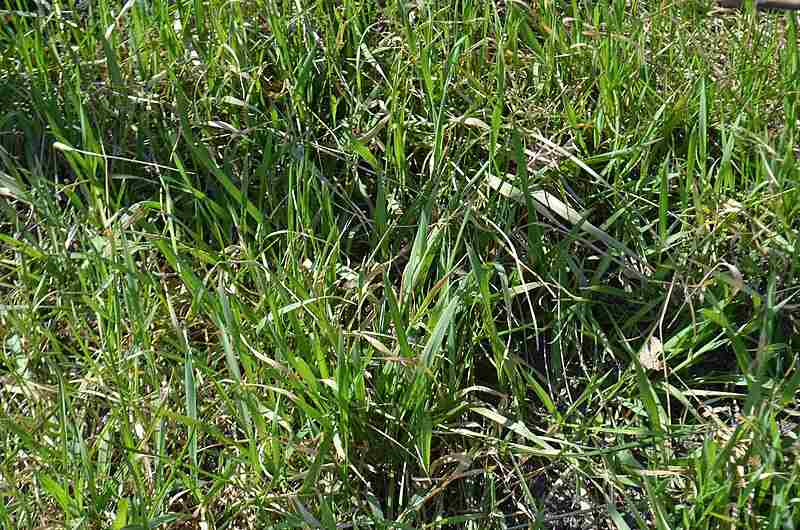
Photo Credit: Ethan2039 / Wikimedia Commons / CC BY-SA 4.0
The most commonly used cool-season grass in the northern United States is Kentucky bluegrass. This grass grows a shallow root system, so it’s not as drought tolerant as other options. However, with the right light and water, it’s a very popular option for many homeowners because of its traffic tolerance and fast recovery from drought and wear.
Generally, pure Kentucky bluegrass (KBG) lawns are not well adapted to western Washington’s climate and soils due to the unsuitable soil temperatures (below 50 degrees Fahrenheit) and low light. Therefore, KBG is often mixed with fine fescue or ryegrass.
When planted as a seed mixture, KBG should comprise less than 50% of the weight of the total mixture. A better mix is 30% Kentucky bluegrass (by weight) mixed with perennial ryegrass or fine fescue.
- Classification: Cool season grass
- Spreads by: Rhizomes
- Shade Tolerance: Low; prefers direct sunlight
- Drought Tolerance: Moderate; may go dormant during dry spells but recovers quickly with rain or irrigation
- Foot Traffic Tolerance: High
- Maintenance Needs: Moderate
- Mowing Height: 1.25-2 inches
- Potential for Disease: Moderate
Grass Seed Options:
– Jonathan Green (11970) Blue Panther Kentucky Bluegrass Grass Seed (3 lbs.)
– SeedRanch Midnight Kentucky Bluegrass Seed (5 lbs.)
– Jacklin Seed – Biltmore Blue Blend – 100% Kentucky Bluegrass (5 lbs.)
Perennial Ryegrasses
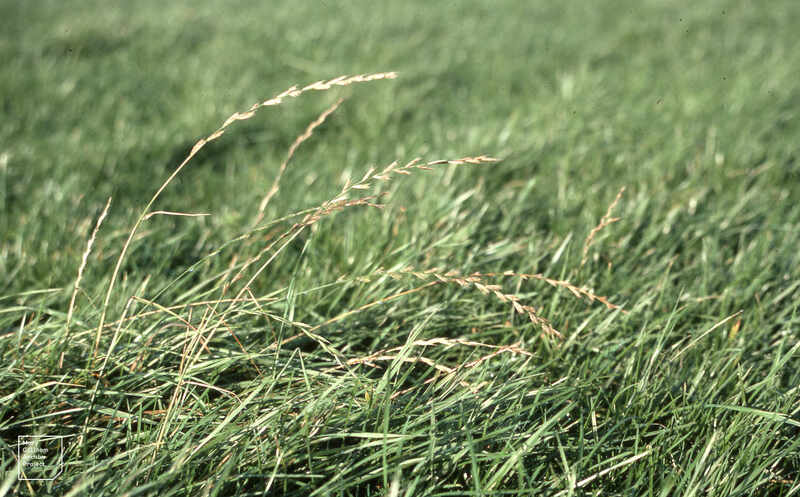
Photo Credit: Dr Mary Gillham Archive Project / Flickr / CC BY 2.0
Perennial ryegrass works well in both western and eastern Washington. For Seattle lawns, this grass works well on its own or mixed with fine fescue, KBG, or bentgrass. The wear resistance of this grass makes it an excellent option for homeowners in Seattle.
Ryegrass has higher maintenance needs than the previous two types of grass, but that is because of its quick growth rate in the full sun. You may need to mow two or three times a week to counteract the growth. Also, expect to overseed once wear or thinning occurs as ryegrass won’t self-repair.
- Classification: Cool-season grass
- Spreads by: Bunch-type
- Shade Tolerance: Low
- Drought Tolerance: Low
- Foot Traffic Tolerance: High; overseeding is often required for repairs and to increase density
- Maintenance Needs: Moderate to high
- Mowing Height: 1.25-1.5 inches
- Potential for Disease: Moderate; susceptible to fungal diseases such as red thread
Grass Seed Options:
– Outsidepride Perennial Ryegrass Seed (5 lbs.)
– Eretz ProTurf Perennial Ryegrass Fine Lawn Seed (choose your size)
Bentgrasses
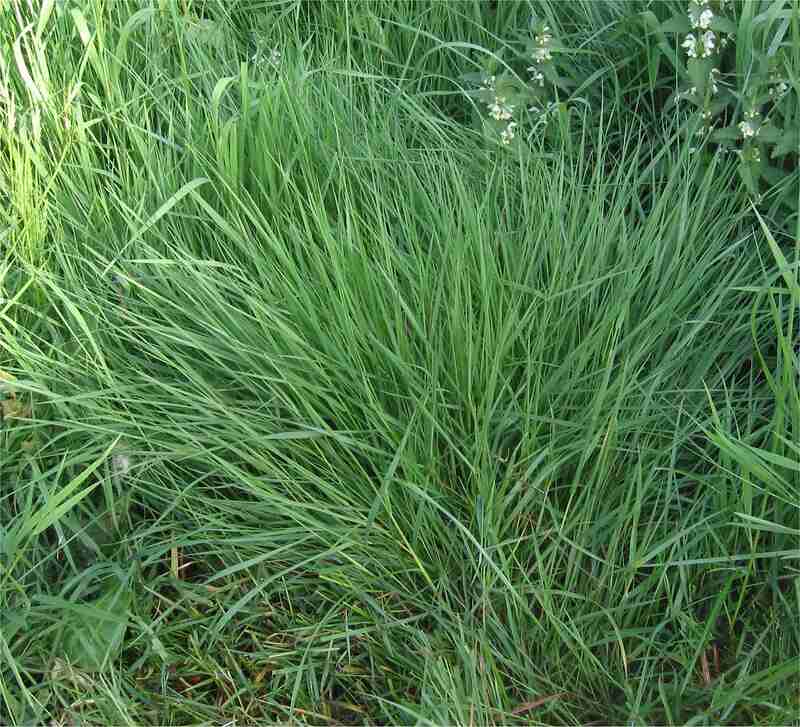
Photo Credit: Rasbak / Wikimedia Commons / CC BY-SA 3.0
Bentgrass grows well in the Pacific Northwest. It’s a perennial cool-season grass that needs plenty of sunlight and regular maintenance, including mowing, to thrive. You shouldn’t plant bentgrass if you want higher mowing heights. The height for bentgrasses should not be above 0.75 inches in western Washington.
Bentgrass is often used for golf courses, especially the green, because it does best when mowed at a very close height. It may take on a shaggy appearance if allowed to grow out.
- Classification: Cool-season grass
- Spreads by: Bunch-type
- Shade Tolerance: Low to moderate
- Drought Tolerance: Low
- Foot Traffic Tolerance: Moderate
- Maintenance Needs: High
- Mowing Height: 0.75 inches
- Potential for Disease: Moderate
How to Choose the Best Grass for Seattle
All of these grasses will grow in your Seattle lawn, but some grasses may better suit your property and your needs than others. Consider your yard’s shade, how much activity you experience on your lawn, and how much maintenance you want to dedicate to your grass.
Maintenance Needs
Think about the effort that you’re willing to put into your yard. Keeping grass looking its best is sometimes easier said than done. If you’d rather not be bothered with lawn maintenance, you can always hand it off to the professionals.
- Low-maintenance: Fine fescues are the best choice for those who don’t want to spend hours outside working on their yard. These low-maintenance grasses require the least amount of grass work to stay happy. They work great as part of a low-maintenance landscaping plan as well.
- Moderate maintenance: Kentucky bluegrass and perennial ryegrass require moderate maintenance (though ryegrass can go up to high maintenance). They’ll need a little bit more attention with mowing or irrigation to keep that spotless green look.
- High maintenance: Bentgrass requires the most care out of any of the grasses. You’ll find yourself on the lawn mower several times per week to keep this grass looking its best.
Foot Traffic Tolerance
Foot traffic refers to the amount of traffic or activity you’ll have in your yard. Traffic might involve backyard parties or family football matches. Certain grass types handle this type of heavy activity better than others.
- High tolerance: Kentucky bluegrass and ryegrass are great options if you have a busy yard life. These grasses can handle the foot traffic that comes with outdoor activities.
- Moderate tolerance: Fine fescues and bentgrasses have moderate foot tolerance. They can take the occasional backyard get-together, but not as well as the others.
Shade Tolerance
Before you pick out your grass, something else to consider is your lawn’s level of shade. Some grasses are much more shade tolerant and can thrive in the shady conditions of your lawn.
- High tolerance: Fine fescues have the highest shade tolerance on this list, and work great for those lawns with many trees casting shadows over your grass. Fine fescue also works well with shade gardens in the rainy areas of Seattle.
- Moderate tolerance: Ryegrasses can tolerate living in moderately shady conditions. If you have a part-sun, part-shade lawn, this is a good grass option to consider.
- Low tolerance: Kentucky bluegrasses and bentgrasses are on the lower end of the shade tolerance spectrum. While bentgrasses have more tolerance than Kentucky bluegrasses, both prefer full sun.
Leave the Lawn Care to a Seattle Pro
It’s important to know your lawn and to know what your options are before choosing a grass for your Seattle lawn. Need help with selecting your grass type or keeping it beautiful? Contact a local Seattle lawn care service for all of your lawn care and grass needs.
LawnStarter participates in the Amazon Services LLC Associates Program, an affiliate advertising program. LawnStarter earns revenue from products promoted in this article.
Main Image Credit: Ochir-Erdene Oyunmedeg / Unsplash
